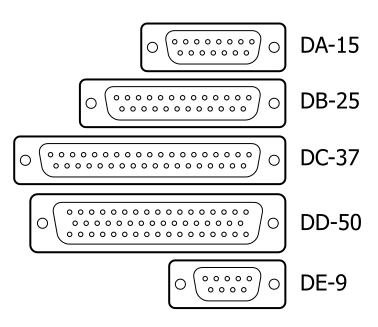Other Parts Discussed in Thread: THVD1406
Hi Sir,
We suggest customer to design in TI RS485 transceiver THVD1426 with auto direction function.
But customer rejected , and we would like to double confirmed TI for their concern. Any solution we can provide to customer to convince they to adapt THVD1426?
In :Application Note RS-485: What is Auto-Direction and Why it is Useful in Systems? (slla574.pdf)
THVD1426DR auto-direction control is a good solution for high baud rates (1 Mbit/s or higher).
But at low baud rates it only drives its output (“1”-Bits) for a short time (fraction of a bit time, about 1.45µs).
This is because it cannot adapt its “1” bit time to the selected baud rate.
That’s why TI recommends Bias resistors when using it at low baud rates.
I’ve attached the application notefor your convenience (Please refer to Chapter 2.2).
If we don’t implement the bias resistors then the noise margin at low baud rates will be considerably lower with THVD1426DR.
Without the Bias resistors and at low baud rates, the selftest may work if THVD1426DR talks with another THVD1426DR but may fail if a RS485 transceiver of another vendor is used. Especially if 32 bus nodes are connected together.
For RS485/RS422 communication, (near to) 100% backwards compatibility with our older products is desired.
Problem is that we don’t know if our end customers are always implementing Bias Resistors in their RS485/RS422 networks.
Especially RS422 is critical because it is expected that the transmitter is always on in that case (Bias resistors are not necessary in that case).
If our end customers are using RS485 nodes with modern transceivers (which are supporting true failsafe mode) then the Bias resistors are not required normally and might not be implemented.
=> There is a risk that THVD1426DR may cause incompatibility issues in some of our customers RS485/RS422 network installations.
BR
Justin


